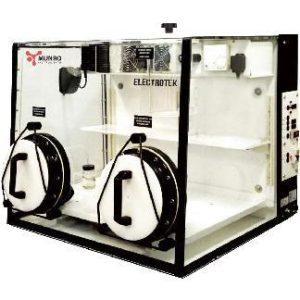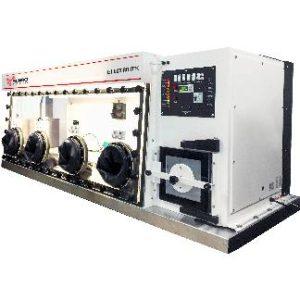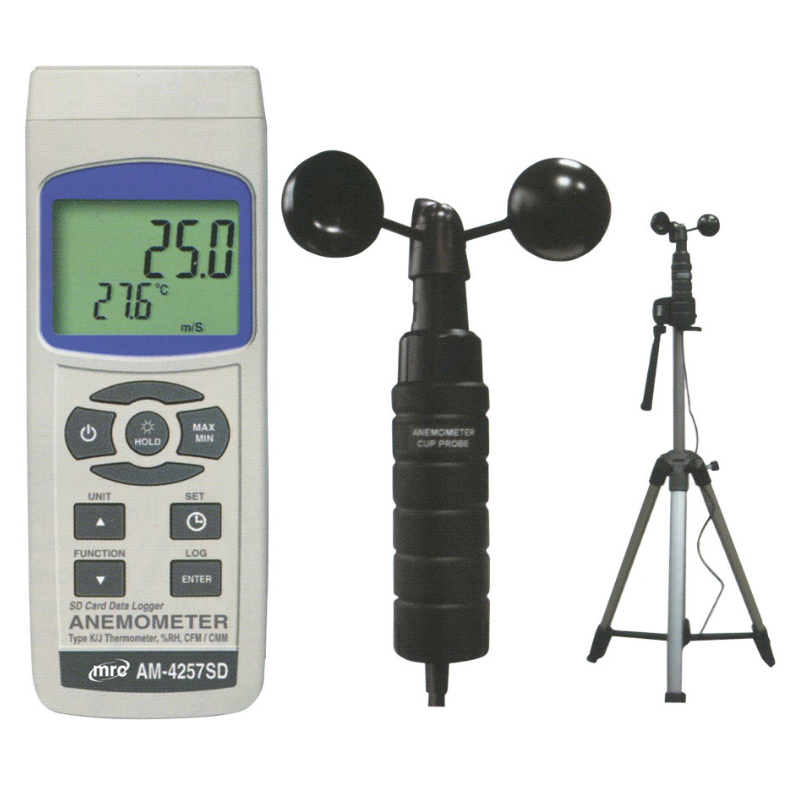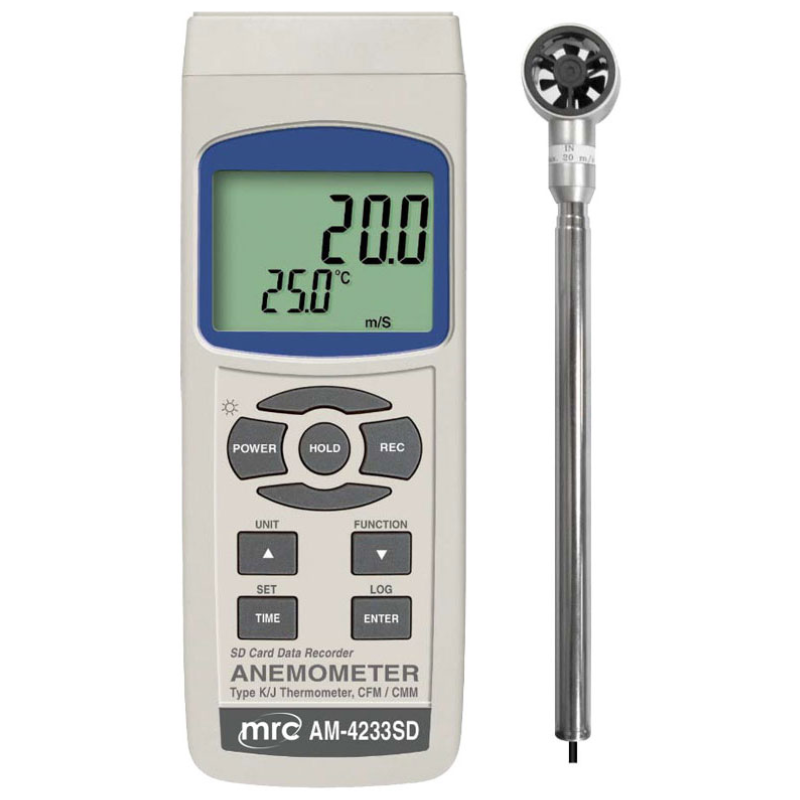Substances like metalloproteins are said to be oxygen sensitive. The reason behind this is that it is for the maintenance of a reduced state of the substance, an environment that does not have the presence of oxygen is needed. Substances like these could easily react with the oxygen in the environment as they are sensitive to it.
This makes the work done in anaerobic chambers to be a careful one. You need to have prior knowledge and skills before handling such anaerobic chambers.
As per the time taken, the experiments performed in aerobic chambers occupy less time than the anaerobic ones and make use of more effort and energy. You always have to keep in mind that the samples must not come in contact with an oxygenated environment. This is also one of the reasons why a lot of time is occupied.
Here is what you should know about anaerobic chambers prior to working with them:
- Anaerobic chambers resemble big boxes of gloves. These could be either in sets of one or two depending on the number of times to be used.
- If not like boxes, the anaerobic chambers resemble bags of polyvinyl that are flexible.
- For the purpose of eradicating oxygen from the chamber always keep a catalyst of palladium in the chamber.
- There is the presence of a transfer chamber that is airlock so that the chamber’s environment inside does not change due to bringing external substances inside it.
- A mixture of 95% of Nitrogen along with 5% of Hydrogen is present in the chamber.
Things to remember prior to working in the transfer chamber:
- Degas all the samples from any oxygen. You can do this by bringing the items in the transfer chamber.
- Keep a track of all the necessary materials that are required for the experiment. This avoids any contamination in the room and lowers the number of times you will have to go in and out of the chamber. Therefore keeping the gas safe from getting wasted.
- All the necessary samples and other equipment for the experiment are supposed to be brought a night earlier in the chamber.
- Renew the catalyst used in case the detector for oxygen detects it and goes off.
- Argon/Nitrogen gas is an inert gas is capable of purging the solutions. Do it 30 to 60 minutes before taking the samples into the intake chamber. Purge or degas buffers/solutions for 30 minutes to an hour with an inert gas such as argon or nitrogen before you bring them into the intake chamber.
- In the presence of the reductant, you are free to let the protein that is stable and requires disulfide reduction do the process of incubation without oxygen. Once the incubation process is done, inside the chamber you can do the overnight dialysis of the reductant.
- If you find that there is not enough stability of the protein for dialysis then you can use inert gases to degas it. Before the process of disulfide reduction follow it by equilibrating inside the chamber.
Remember these inside the anaerobic chamber:
- Avoid bringing ice cubes inside as it leads to the presence of some amount of oxygen in the chamber. A Styrofoam box can be used instead by storing ice packs in it. Storing of samples can also be done by using nitrogen in liquid form, this freezes the samples. However, you need to take care of this:
- There is a possibility of the pressure inside the chamber to increase as the liquid nitrogen is capable of releasing nitrogen gas and filling up the chamber. It is advisable to vacuum out half the gas in the liquid nitrogen. Be careful.
- Do not leave behind any trash.
- Items such as beakers, tips for pipets in all sizes, tabletop centrifuges, all kinds of tubes (microcentrifuge, conical), etc. should be stocked up in the chamber so that the next experimenter can make use of it.
Conclusion:
Not every chamber for the experiment is anaerobic. Other chambers can be found around the lab. However all of them are not anaerobic. The following should not be confused with anaerobic chambers: glove boxes of oxygen animal study and tissue culture, dry boxes, and full control of humidity.
If you’ve never come across Anaerobic Workstations, they can be quite daunting. Performing experiments involving gases, seals, redox states, vacuums, regulators, and precipitating or evaporating proteins can be difficult. However, the anaerobic chambers can last for a long time efficiently and produce some interesting research if they are well-maintained.








